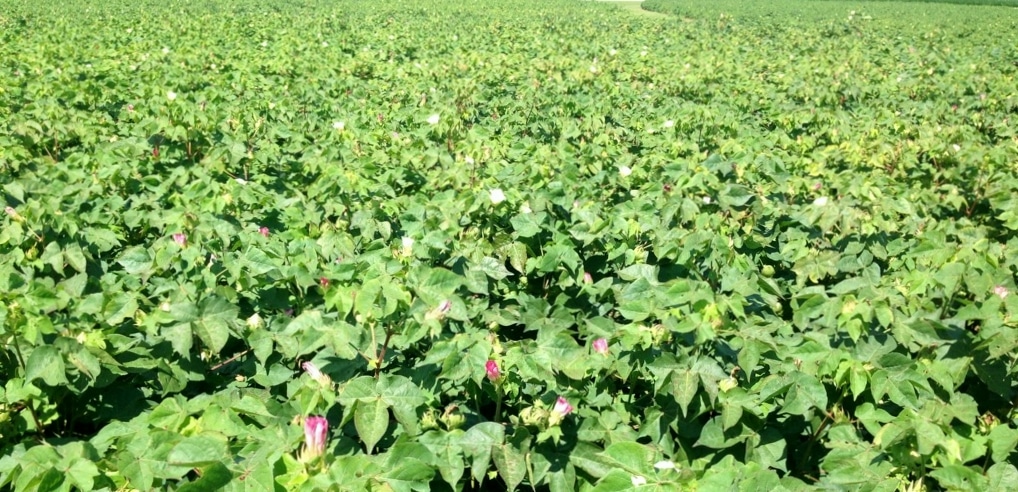Comments by Dr. Aaron Smith
August 12, 2015 – USDA World Supply and Demand Estimates
Corn Projected 2015/16 U.S. feed grain supplies are increased this month with higher forecast corn, sorghum, barley, and oats production. Corn production is forecast at 13.7 billion bushels, up 156 million from the July projection, with the season’s first survey-based corn yield forecast at 168.8 bushels per acre, 2.0 bushels higher than last month’s trend-based projection. Corn supplies for 2015/16 are projected at a record 15.5 billion bushels, up 154 million from last month with a small reduction in beginning stocks. Continue reading at USDA WASDE Comments & Profitability Outlook update.


